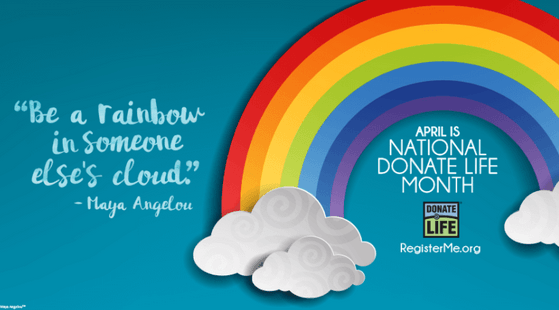When Bhargav Mistry, M.D., steps into the operating room to perform an organ transplant surgery at Sanford Health in Fargo, North Dakota, he knows he’s working to save just one of the thousands of people in need of an organ donation.
More than 115,000 men, women and children were on the national transplant waiting list as of April 2018, according to the U.S. Department of Health and Human Services. Each day, 20 people die waiting for a transplant.
It’s a need that hits close to home for Dr. Mistry.
Personal connection to organ donation
Dr. Mistry feared his own daughter would become one of those statistics. Karishma Mistry was born with biliary atresia, a rare condition that affects the liver. Dr. Mistry and his wife, Bhanu Odedra-Mistry, knew that Karishma would need a new liver someday.
In 2004 when Karishma was 9, she fell ill. Doctors said she would need to a new liver soon, and she was placed on the transplant list to find a donor who matched her weight and blood type.
“Her condition was getting worse. We wanted to be living donors, but we were not a match or suitable to remove part of our liver to give to our daughter,” Dr. Mistry said. “Her health was getting worse. We were desperate.”
Waiting for an organ
The waiting list for an organ continues to grow, while the number of donors does not grow enough to fill the gap. Every 10 minutes, another person is added to the waiting list, according to the U.S. Department of Health and Human Services.
For the Mistry family, they waited months for the call they’d been eagerly anticipating.
“Like any family, we were praying and hoping that she would soon get a liver,” said Dr. Mistry.
On Memorial Day in May 2006, a liver had been found for Karishma. The family traveled from Fargo to Minneapolis for the surgery.
A successful surgery and hope for the future
The surgery took 10 hours, but there was no fear from the Mistry family.
“We were happy, and we had complete trust in our surgeons,” Dr. Mistry said.
The surgery was a success and today, Karishma is a healthy 23-year-old who is following in her parents’ footsteps as she plans to become a medical doctor.
Encouraging others
The family continues to share their story in hopes of encouraging others to consider organ donation.
“For many life-threatening conditions, an organ donation is the only option,” said Dr. Mistry. “Why not help someone who is dying?”
April is National Donate Life Month, a time designated to raising awareness about the critical need and importance of organ, tissue and eye donation and to highlight how donation saves and enhances lives.
It is also a time to encourage everyone to designate their wish to be a donor on their state registry and to celebrate those affected by donation — the donors and their families who have given the gift of life and the tens of thousands of lives saved and enhanced through donation each year.
“People die every day waiting for an organ, and many people are young who are waiting for an organ,” Dr. Mistry said. “Being a donor can really make a lifesaving difference.”
Learn more
- Living organ donation winds up saving two lives
- Mother uses rocks to tell late son’s story of organ donation
- First bone marrow transplant patient healing close to home
…
Posted In Fargo, Health Information, Healthy Living, Transplant
